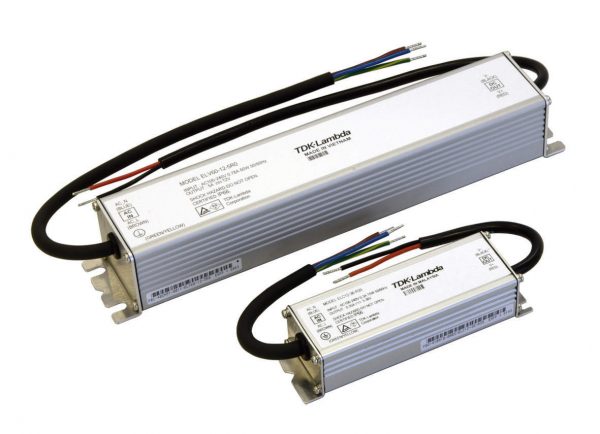Advantages of conforming to PSE standards for switching power supplies
The switching power supply may be PSE compliant. What are the benefits of getting a PSE?
The device (equipment) side is no longer a PSE target product
That is, the equipment / equipment body after the power supply becomes a DC input and is not subject to PSE regulation. As I wrote at the beginning, PSE targets AC input electrical appliances, so DC input products are not covered in the first place.
For reference, the Ministry of Economy, Trade and Industry notified on April 2, 2012 in 1- (3) of “Interpretation of the range of electrical appliances, etc.” as follows.
In other words, if the power supply is PSE-compliant and placed outside the device, the device side in the subsequent stage will not be subject to PSE, and the cost and time required to conform to PSE for the entire device can be significantly saved. That is why a PSE-compliant power supply is placed outside the device rather than a built-in power supply inside the device.
However, it is not enough to just place the power supply outside the device, and the condition is that the power supply and the device housing can be easily removed with a connector or the like. Even if the power supply is placed outside the device, “If it cannot be easily removed, it is treated as an integrated device and is subject to PSE regulation by the device name. If it cannot be easily removed, it may be crimped with a crimp terminal. If it is soldered.
Certainly, the PC and AC adapter can be easily removed, so there is no PSE mark on the PC.
On the other hand, if the switching power supply is built into the device, the PSE will be acquired for the entire device. Since the power supply itself is built-in, it is not subject to PSE (DC power supply unit for embedding equipment), but the question is which PSE technical standard the switching power supply complies with. There are two technical standards for PSE “DC power supply”, “Appendix 8” and “Appendix 12”, and which technical standard does the switching power supply comply with? Or the question is whether it does not comply with either. If you do not comply with either, you will not be able to obtain PSE for the entire device.
As a noise countermeasure
Placing the power supply (AC adapter) outside the device prevents the AC AC voltage of 100V / 200V from entering the device. Since only a low-voltage DC power supply can be turned on inside the device / device, it is quite effective as a noise countermeasure.
However, the AC adapter is inferior to the switching power supply in terms of capacity (W), reliability, life, and performance. In addition, it is not suitable for small-lot, high-mix products because it will not be cheap unless the number of units is settled.
There are some points that the inspection agency sees when acquiring PSE at the end.
I mainly look at the following two points.
・Internal temperature of the power supply
Recommended PSE compatible switching power supply
TDK-Lambda ELV / ELC series
● Constant current control type (ELC) and constant voltage control type (ELV) are available in the same package.
● Wire pull-out type with a shape that is easy to mount in narrow spaces such as signboards
● IP66 standard (dustproof / splashproof) compatible
● IEC61000-3-2 Class C compliant (harmonic standard for lighting equipment) * Compatible with ELC50, 90 / ELV60, 90
● Compliant with PSE (Electrical Appliance and Material Safety Law Appendix 8 and 10) standards
This is the end of the article.
Thank you for reading.


